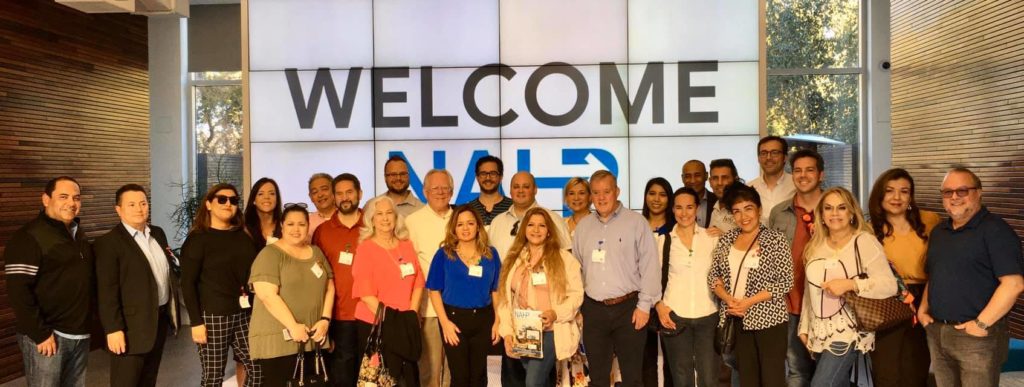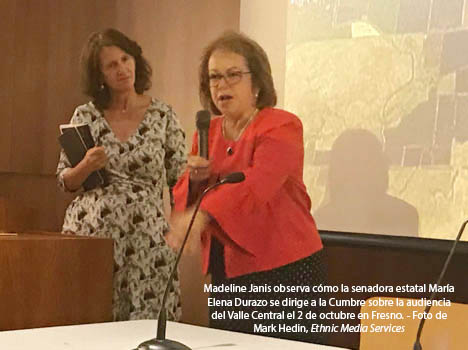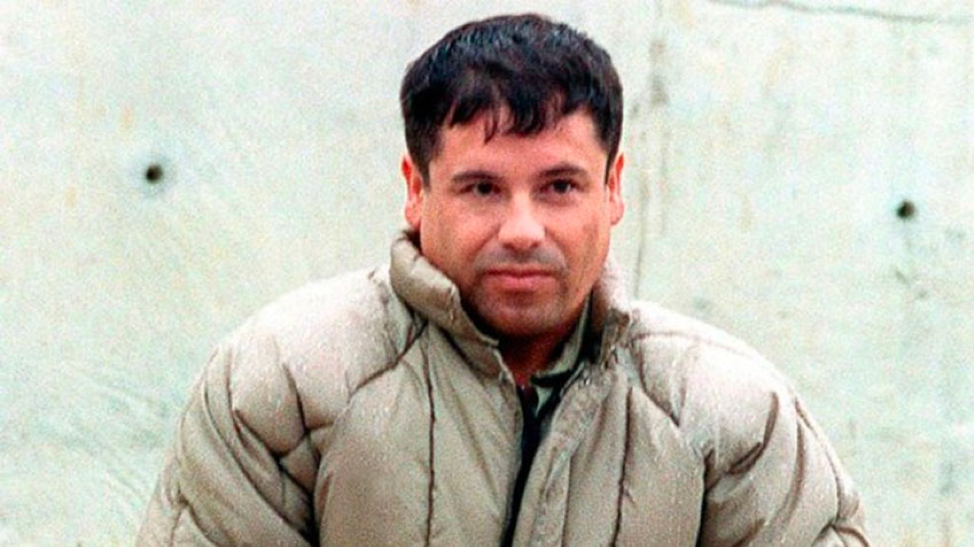by the El Reportero’s wire services
SANTIAGO DE CHILE – Chile’s President Sebastian Piñera, in an attempt to curb protests against his government, signed this Thursday a bill to cancel a recent electricity hike and lower the price of energy by 2020.
Piñera said at a ceremony held at the Palacio de La Moneda, accompanied by Energy Minister Juan Carlos Jobet and Interior Minister Andres Chadwick, that on Friday he will sign and send to Congress the bill that allows for an increase in pensions.
However, the Chilean people from different parts of the country are carrying out a series of actions to reject his economic policies, the repression of the last few days against the demonstrators, and the accumulation of social injustice.
Meetings in different regions to continue the mobilizations and generate structural changes in Chile, a caravan of more than 100 trucks in Valparaiso, peaceful concentrations in Temuco, Copiapo, Puerto Montt, are just some of the measures in the second day of strike called by the Social Unity table.
At the same time, the authorities are already announcing more curfews to curb the social protest, which began last Friday with a 30 percent increase in the price of the metro ticket.
Chile awoke, is the slogan that distinguishes this wave of protests, despite the repeal of that rise, repressed by the police and military with a toll of 23 dead, dozens injured and mo/re than two thousand arrested.
Mexico optimistic with trade agreement with the U.S. and Canada
MEXICO – President Andrés Manuel López Obrador assessed the approval of the Trade Agreement between Mexico, the United States and Canada (T-MEC) as beneficial for Mexican economy.
The economic integration of these three countries in North America will favor foreign investment, said the head of state, highlighting in the national case, the increase in domestic consumption and oil production.
Before the press gathered at the National Palace, López Obrador mentioned his government’s strategy to boost development, create jobs and welfare, as well as strengthen the popular economy.
During his speech, he highlighted the definition of private initiative projects, as well as the arrival in the country of foreign investment and foreign trade, ‘which is coming in as never before’, which in the third quarter of the year was the largest in history.
Together with members of the negotiating party, López Obrador said that the treaty ‘is a good agreement for the three countries’ and highlighted the ambitious nature of the tripartite exchange in environmental matters.
The new T-MEC updates the 25-year-old North American Free Trade Agreement, an agreement according to specialists that brings closer the economies of the region.
NIIC 2019 closes with announcement of immigrant-friendly policies in Detroit
Other Cities and Counties Also Join Welcoming America Movement
DETROIT – On the last day of the 12th Annual “New American Dreams” National Immigrant Integration Conference (NIIC), local officials joined the participants to announce new immigrant-friendly policies.
Chief of Staff Alexis Wiley from the Mayor of Detroit’s office announced during the conference that the city is starting the Certified Welcoming process, a way to review and measure the city’s progress in their efforts to enhance access and inclusion for immigrant residents.
The move is the latest step towards making the region more hospitable to immigrant residents. In 2016, the city began offering municipal ID’s to everyone regardless of citizenship. And in 2017, Wayne County Sheriff, Benny Napoleon said his department would limit its cooperation with ICE.










